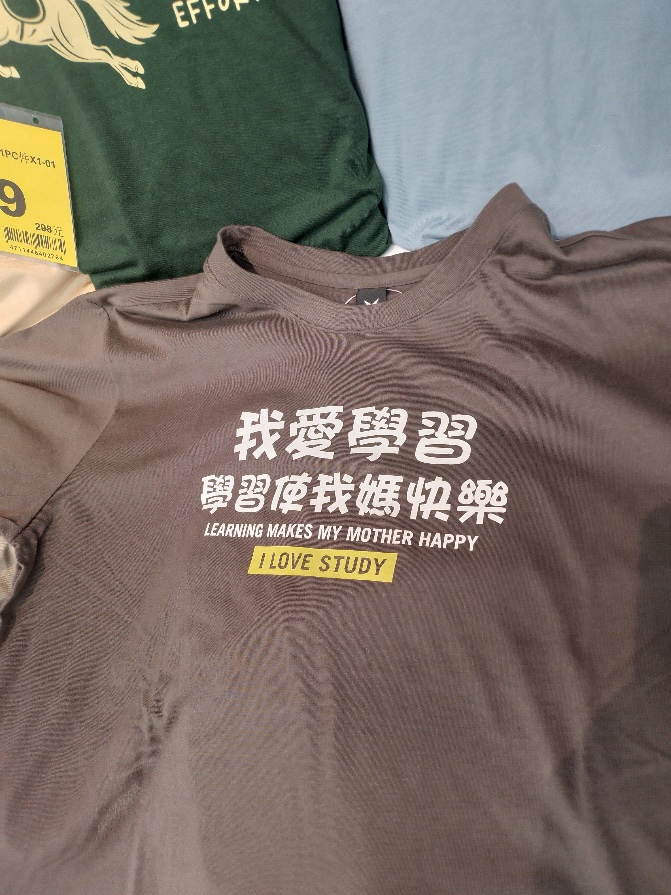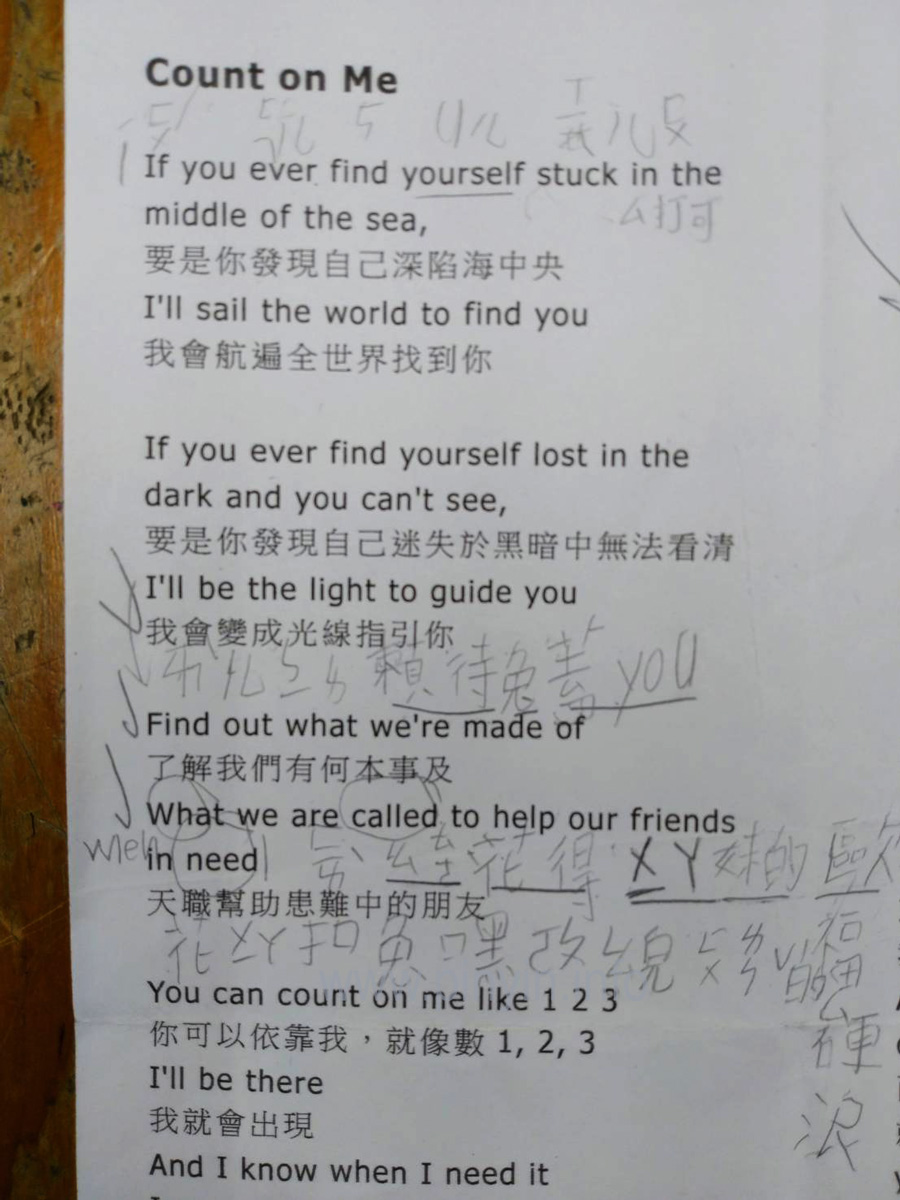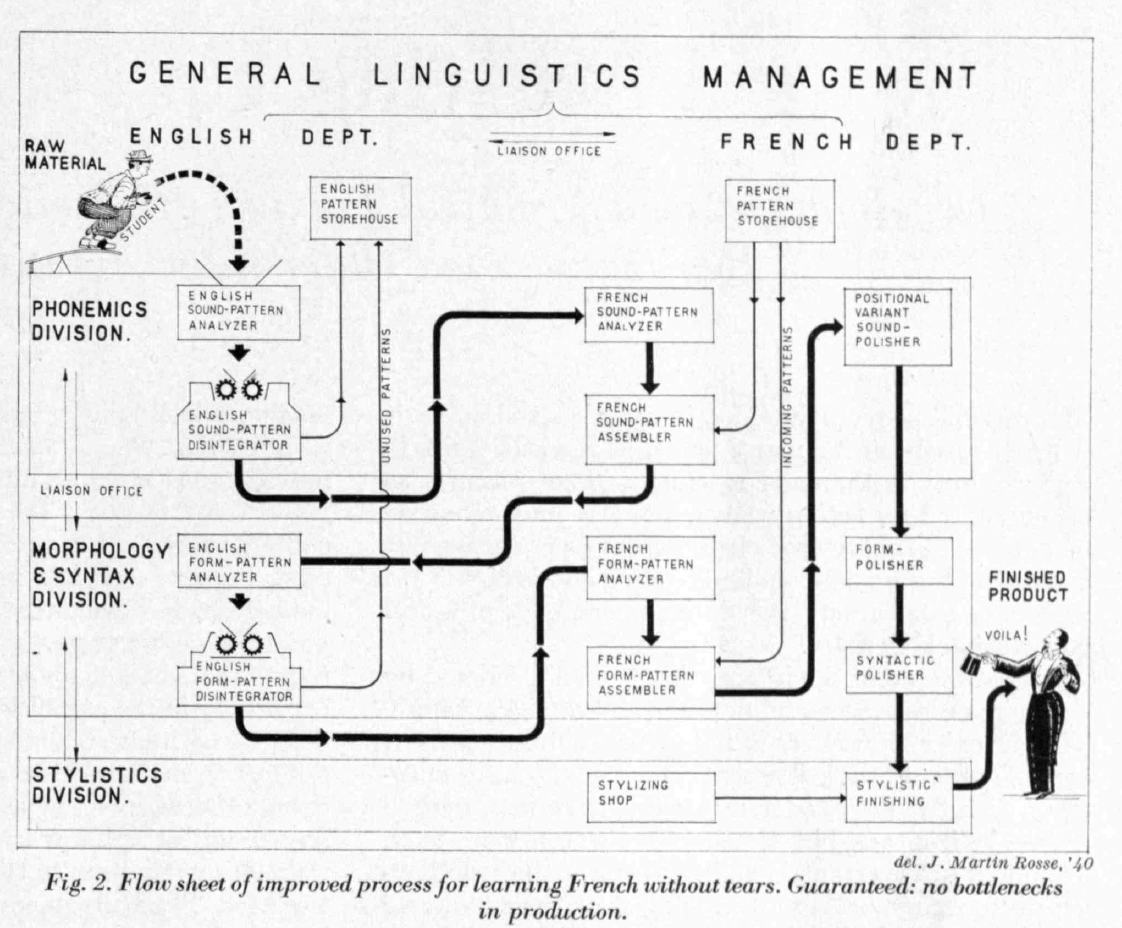The cruelty of (some) thesis supervisors
"War of Words: How Chinese College Students and Professors Survive the Thesis Season", by Aria Zhang, The World of Chinese (11/26/25)
Under the looming pressure of graduation and thesis defense, students and their mentors have resorted to academic sarcasm to cope with stress
I will make extensive excerpts from this article for a variety of reasons. First of all, it speaks the truth about the unwarranted browbeating behavior of many professors who make caustic comments about their students' drafts, not to encourage them and help them to write a better thesis, but to make sure that the student knows who is on top and because it is easier to make negative criticisms than constructive remarks.
Read the rest of this entry »


